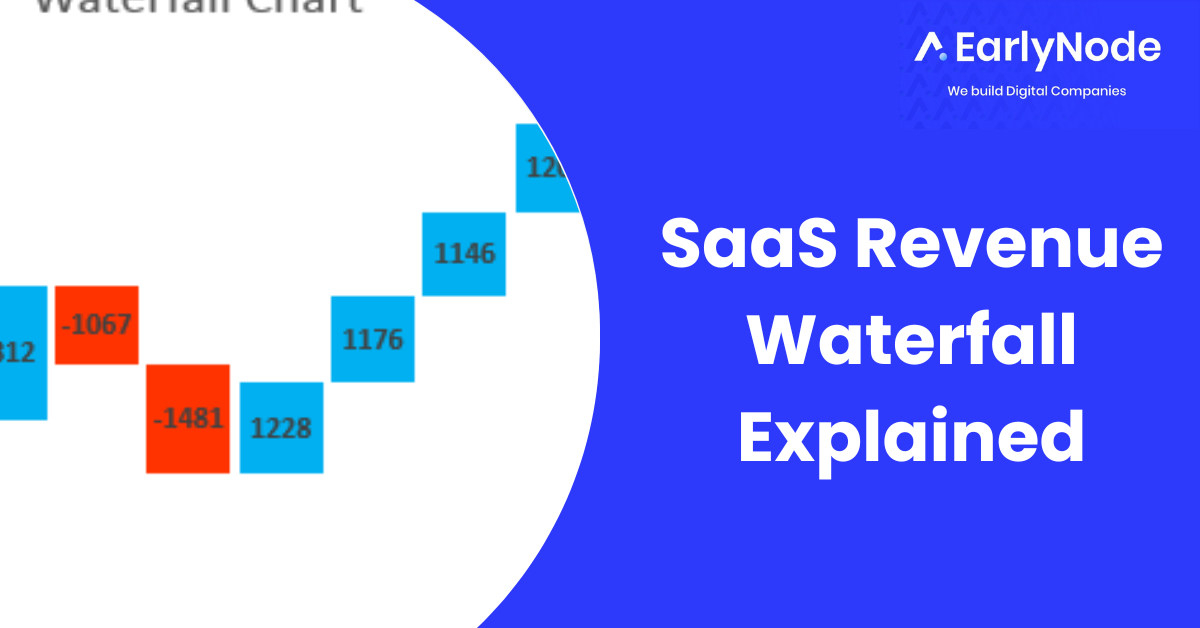Adaptive Software Development (ASD)

What is Adaptive Software Development?
Software development is a complex process that can be challenging to manage. Adaptive software development is an agile methodology that enables the project to be flexible to change when necessary, so it always fits the scope and direction of the company. It’s characterized by short development cycles, early delivery, and continual adaptation to changing requirements.
What’s the history of Adaptive Software Development?
John Highsmith and Sam Bayer created the Adaptive Software Development concept in the early 1990s to reduce software development efforts.
Previously, the Rapid Application Development (RAD) agile framework was in use. But it was more iterative with shorter intervals, which paved the way for the birth of ASD. Highsmith and Bayer tested their new innovative method. They applied it on short-term projects (up to one-month periods with one week for iteration). It was so efficient you could finish over 100 real-world commercial software projects in different industries.
What are the Strengths and Weaknesses of ASD?
Strengths
-Flexible and responsive to change
-Can be used on projects of any size
-Suitable for both software and non-software projects
Weaknesses
-Can be more expensive and time-consuming than traditional methods
-Requires a high level of team collaboration and communication
-May not be suitable for every type of project
Should you use Adaptive Software Development?
It depends on your project needs. If you’re looking for a highly flexible process that is responsive to change, then ASD may be a good fit. However, if your project is the more rigid type and allows for little to no changes, then you need a different approach. The bottom line is that you should constantly evaluate your project needs and choose the methodology that best suits them.




